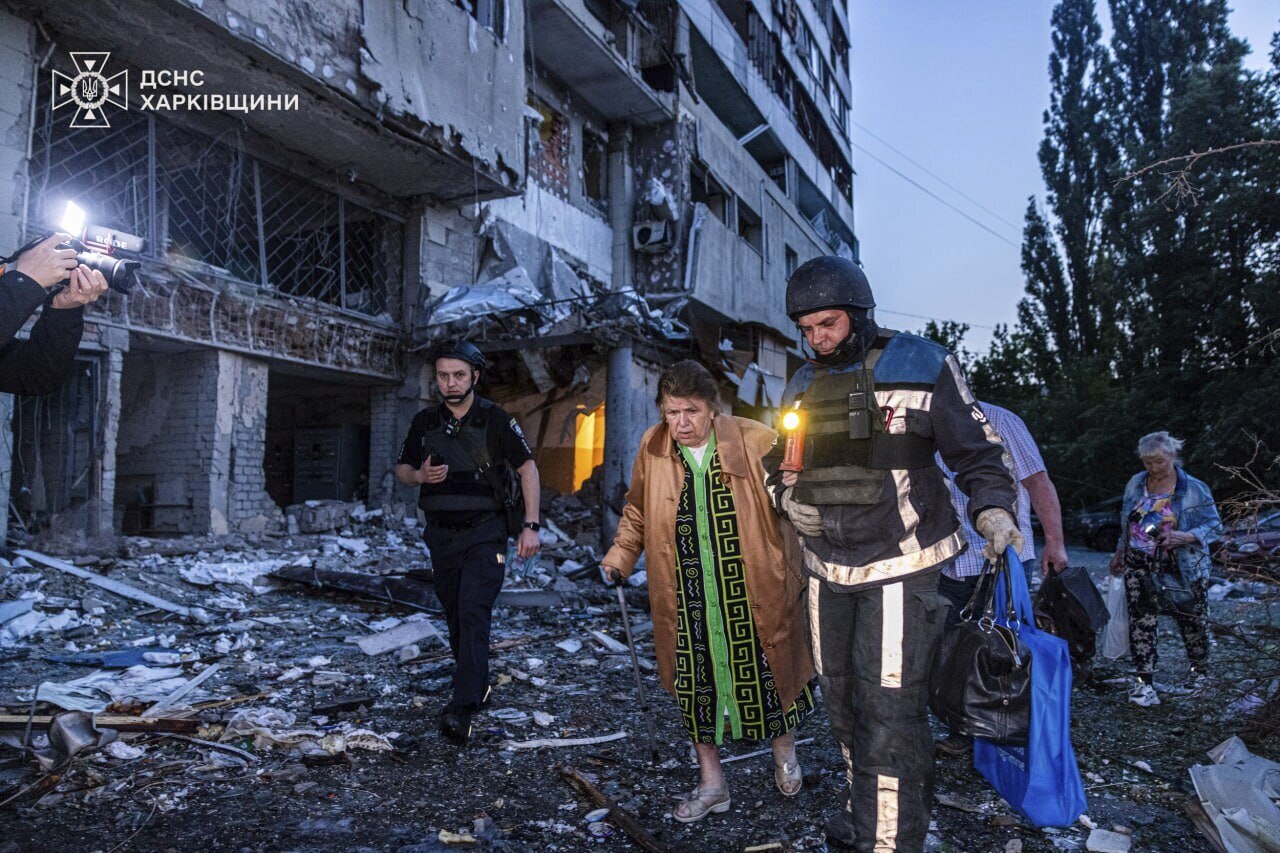Ukraine, faced with Russia’s largest air attacks to date, is updating a medieval military precept: focus on the archer, not just the arrows. This summer, Ukraine’s strategy is to pound air bases and defense factories. Last winter, Ukraine focused on burning Russian oil refineries.
In response, President Putin yesterday warned military commanders against leaving war jets and weapons systems in “open fields.” After Ukraine’s surprise June 1 attacks on Russia’s parked strategic bombers, base commanders are scrambling to build reinforced cement shelters, seeking to protect $100 million bombers from $1,000 drones.
In a shell game, Russia’s Air Force is scattering its strategic bombers across the world’s largest nation. According to Ukrainian military site Defense Express, two of Russia’s most advanced nuclear capable jets, Tupolev Tu-160 “Blackjack” bombers, are now at Anadyr, 4,300 miles east of Ukraine and 250 miles from Alaska.
In the international press, Russia’s arrows get the press’s attention. Residents of Kyiv are living through the biggest air campaign against a Western capital since Nazi Germany’s World War II-era V-2 rocket assaults on London. By chance or not, Russia labels its most modern AI-piloted kamikaze drone the “V2U.”
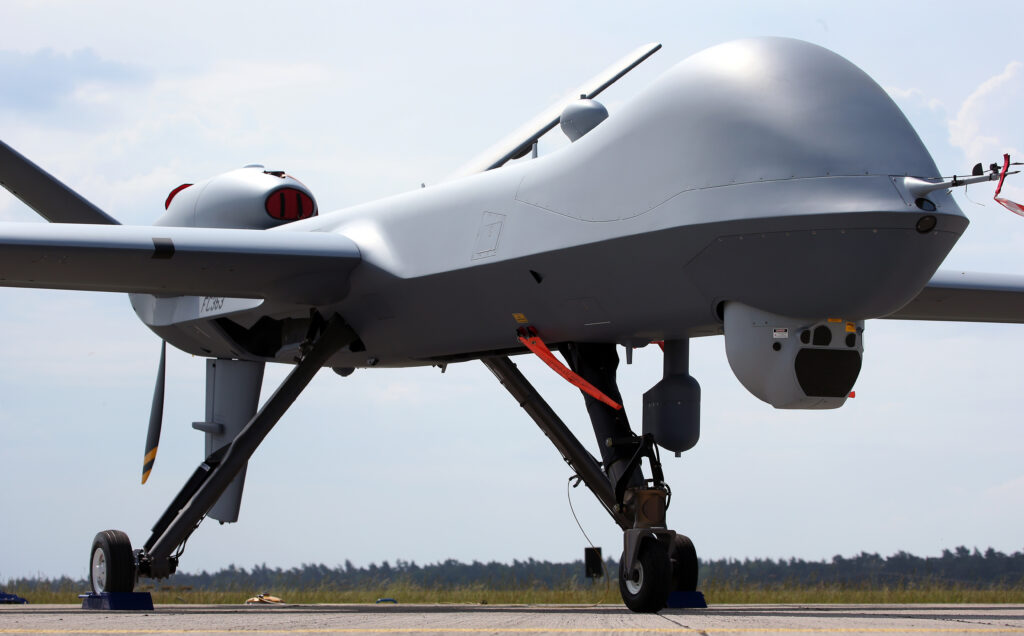
Russia is blindly firing hundreds of Iranian-designed Shahed drones and dozens of Russian missiles at Ukraine’s three largest cities — Kyiv, Karkiv, and Odessa. About 85 percent are shot down. The ones that get through randomly hit apartment buildings and civilian targets.
“Russian missile and Shahed strikes drown out the efforts of the United States and others around the world to force Russia into peace,” President Zelensky posted on X.
In a record, Russia fired 472 drones and seven missiles on June 1. Then, 10 days later, it broke its own record, firing 479 drones and 20 missiles. About half of the drones are decoys, launched to overwhelm Ukrainian defenses. Designed to break civilian morale, Monday’s blitz set 17 fires at Kyiv, the nation’s press capital.
Calling the drone bombings a “punishment strategy, ” the Washington-based Center for Strategic and International Studies said the goal is to “saturate Ukrainian air defenses and erode civilian morale through persistent nightly attacks.” Monday’s attack on Kyiv slightly damaged Saint Sophia Cathedral, a 1,200-year-old cultural icon that has survived attacks by Mongols, Bolsheviks, and Nazis.
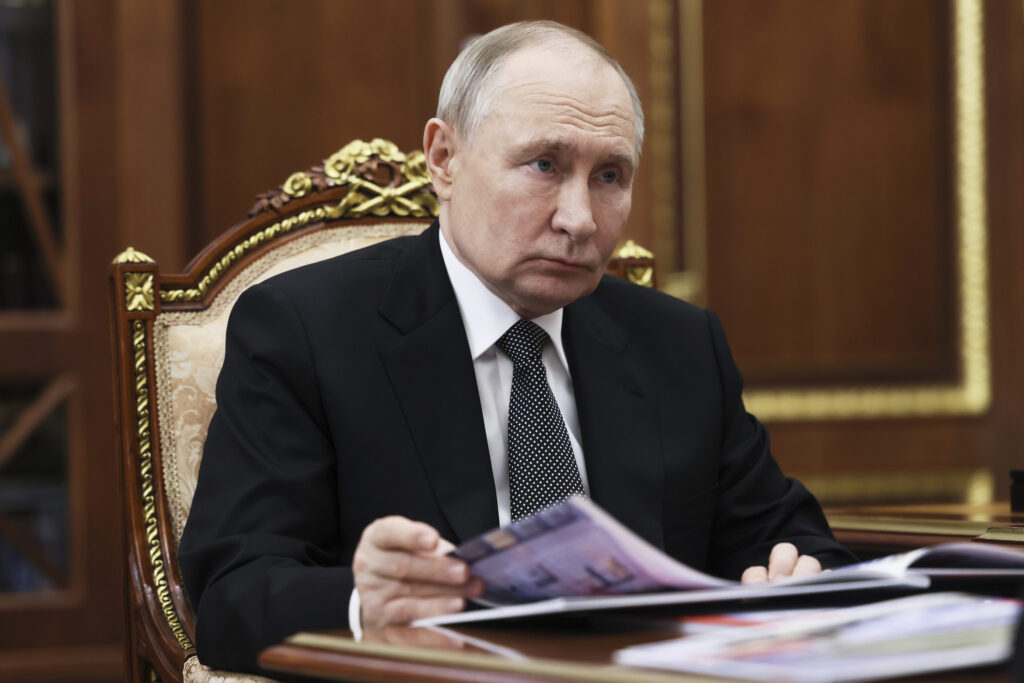
In a typical Russian drone attack, 17 drones in nine minutes hit apartment buildings before dawn yesterday at Kharkiv. Mayor Ihor Terekhov said the drone explosions broke 2,000 windows, killed three people, and injured 65, including three children.
Air defence is critical. Last week, Israel’s ambassador to Ukraine, Michael Brodsky, said that the Jewish State has transferred to Ukraine Patriot air defence missile systems. Yesterday, Prime Minister Shmyhal announced that Ukraine will receive $2.3 billion in military aid from Britain, largely for Rapid Ranger and Martlet light missiles for air defense. On Monday, Secretary General Mark Rutte of the North Atlantic Treaty Organization called for a “400 percent increase in air and missile defense,” warning that “danger will not disappear even when the war in Ukraine ends.”
Bucking the trend, the Pentagon is redirecting to American Air Force units in the Middle East “20,000 missiles” originally earmarked for anti-drone warfare in Ukraine, Mr. Zelensky told ABC News Sunday. The move appears to be prompted by growing fear of drones and by the Trump Administration’s view that arming Ukraine torpedoes peace talks.
With peace talks stalled, Russia’s air campaign this week looks like technicolor revenge for Ukraine’s June 1 drone attacks on air bases from Siberia to the Arctic. In that wave of attacks, Russia lost about 20 percent of its operative nuclear-capable bomber fleet, largely Tupolevs.
A few hours after the attacks, Ukraine’s military intelligence directorate, the GUR, announced that its agents had hacked into the computer systems of Tupolev Design Bureau in Moscow. They extracted 4.4 gigabytes of sensitive data, including information on personnel who maintain bombers used to attack Ukraine.
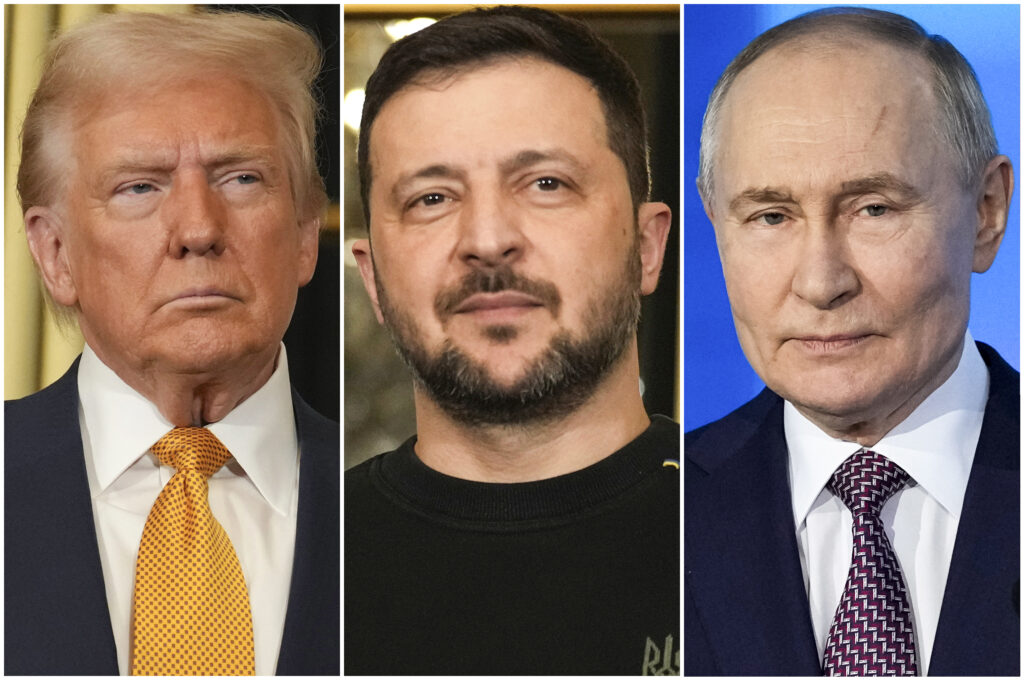
Three days later, President Trump had a 90-minute call with Mr. Putin. Mr. Trump reported that Ukraine’s attacks on the four air bases gave the Russian leader “a reason to go in and bomb the hell out of them.” Similarly unimpressed, Harvard professor Stephen Walt posted an article Monday in Foreign Policy titled: “Ukraine’s Drone Attack Doesn’t Matter.” A self-described ‘neo-realist’, he wrote: “Destroying a dozen or more strategic bombers won’t really affect Russia’s ability to continue advancing in Ukraine or to launch additional missile and drone attacks against Ukrainian cities.”
Undeterred, Ukraine now targets Russia’s second-string air bases and the factories making parts for missiles, drones and war jets. Heavy censorship blocks reporting in Russia. Images that leak out often are dashboard camera videos showing columns of black smoke rising from bases and jet fuel depots. In a rare public admission of the impact, Russian civil aviation authorities yesterday morning briefly closed all airports at Moscow, St. Petersburg, and nine more cities.
Ukraine’s drone warfare against Russia is so intense that leading Russian internet mapping company Yandex has started to blur defense industry sites around Moscow. Ukrainian defense officials say this makes it easier to pinpoint classified locations. In the last two weeks, Ukraine has hit six secondary air bases and 12 defense plants up and down Western Russia.
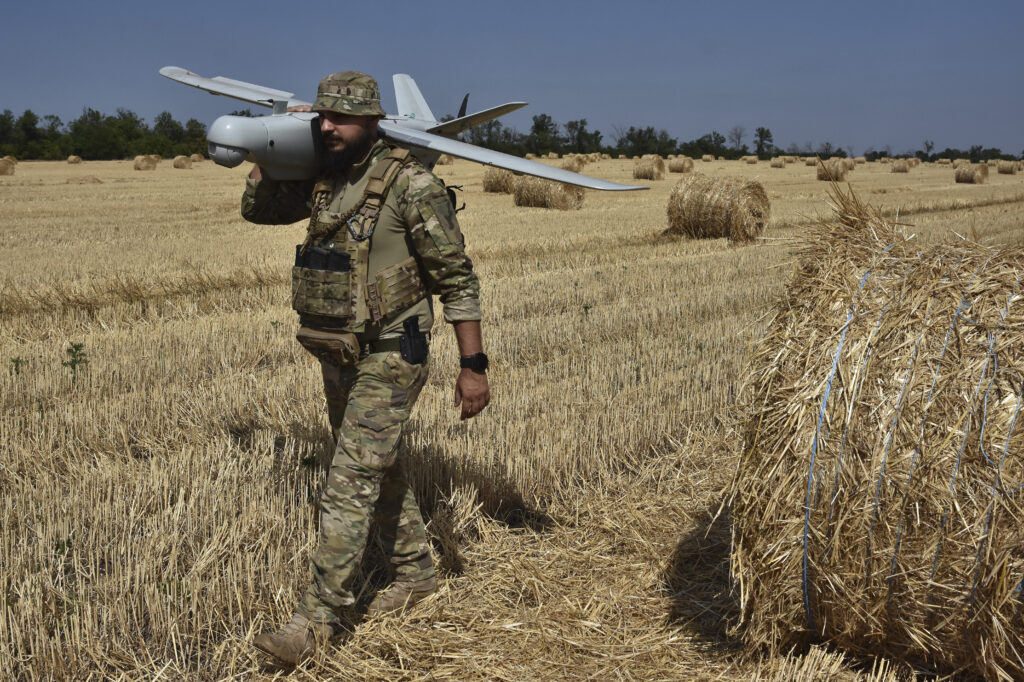
“The industrial and logistical infrastructure behind [Russia’s] strikes is a top target for the roughly 2,500 long-range strike drones Ukrainian workshops produce every month,” American analyst David Axe wrote Tuesday in his “Trench Art” military blog.
Russia and Ukraine are in a drone arms race. Each country aims to produce 30,000 long range drones this year. Ukraine’s new FP-1 drones can fly 1,000 miles, dodge anti-aircraft missiles, and carry 250-pound payloads. For front-line attacks on tanks, trenches, and artillery, Ukraine plans to produce 4 million small tactical drones this year. Russia plans to produce 2 million.
In a conventional dog fight, a Ukrainian F-16 coordinated on Saturday with a Swedish Saab reconnaissance aircraft to shoot down one of Russia’s most modern war jets, a Su-35 fighter. Germany’s Bild newspaper called this shoot down, a first by a Ukrainian F-16, an “historischer-luftkampf, ” or historic air battle.
Ukraine’s drone strategy inside Russia is what Pentagon strategists call “going left of the boom” — or attacking the source of explosions. “It is both easier and safer to shoot down the plane carrying the missile than it is to shoot down the missile itself after it has already been fired,” American security analyst Colby Badhwar argued last year in an essay for the Insider. It bore the title: “Shoot the archer, not the arrow: Ukraine’s missile defense dilemma.”
(Except for the headline, this story has not been edited by PostX News and is published from a syndicated feed.)

